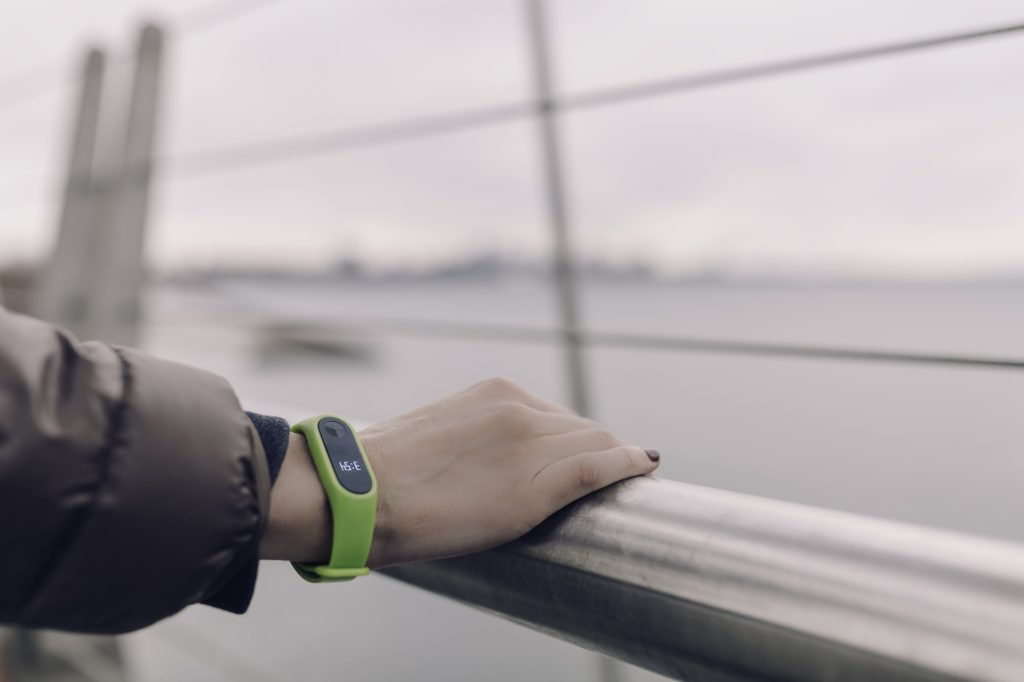
By making a game out of getting their daily steps, new research points to the possibility that people with diabetes could be nudged toward increasing their physical activity, with changes lasting for a full year. Since many now use apps or other digital means to manage their diabetes, this program – which utilized tools like wearable step counters and electronic scales with personalized goals – could potentially be integrated to help individuals achieve greater success. Findings from the study, conducted by a team from the Perelman School of Medicine at the University of Pennsylvania, were published today in JAMA Network Open.
“Gamification is commonly used in wellness programs and smartphone apps, but often is not designed to incorporate insights on how people behave and have not been well-tested over longer periods,” said the paper’s lead author, Mitesh Patel, MD, the director of Penn Medicine’s Nudge Unit. “In this one-year trial, we found that gamification worked best to increase activity levels when it was designed using behavioral insights to encourage either competition with others or support from a family member or friend. This is encouraging and suggests that these interventions could be an effective way to build a lasting, new exercise habit for this population.”
Roughly one in 10 Americans have diabetes. One way to get a better control over the disease is for patients to increase their levels of physical activity. This makes their bodies “more sensitive” to insulin, a hormone that regulates blood sugar in the body. And that sensitivity makes their bodies less likely to suffer dangerous spikes or crashes in blood sugar levels.
Patel and his colleagues in the Nudge Unit have conducted several investigations into how “gamification” – the application of game-like concepts such as goals, competition, and levels – can increase physical activity levels.
In this study, like some of the past research, participants – who this time all had type 2 diabetes and were overweight or obese – were randomly broken out into four even groups. The first, a control group, received a wearable, electronic step counter and an electronic scale, both of which gave them feedback on their step counts and weight. The three gamified arms of the study received these as well, but they also were given personalized goals on steps, weight, and blood sugar levels, the three things being measured for this study. Those goals corresponded with a system the team set up around achieving points and striving to move up levels. Each patient, whether they were in the control or a gamified arm, participated over a 12-month span.
The first gamified arm centered on competition, with groups of three random patients being notified of each other’s accomplishments each week. The second also grouped patients into threes, but focused on collaboration, with one participant representing the group each day, striving to score points and level up on behalf of everyone. The last arm of the study focused on support, in which a participant selected someone outside of the study arm who would get emailed updates on their progress and could motivate or cheer them on as they progressed.
In total, 361 people participated in the trial, which was run from 2017 until 2020.
When each group’s performance was analyzed, the researchers saw that the step counts for those who participated in the competitive and support arms of gamification significantly increased their step counts over the year they participated. The support group increased their steps by an average of 503 steps more than the non-gamified control group; the competition participants increased by an average of 606 steps. The collaboration participants increased their steps by 280 compared to the control group, but that was not enough to be considered a significant finding.
Across the board, participants experienced weight loss and a reduction in blood sugar, whether they were in a gamified or control group. There was not a significant difference from one group to the next when it came to these measures.
“This study is a great first step on building a lasting exercise habit,” Patel said. “However, more work is needed to help promote weight loss and better glycemic control. Future studies could combine gamification with other approaches to target changes in clinical outcomes.”
Patel and his colleagues believe this latest study provides further evidence that gamification, when informed by behavioral science concepts, can be a powerful tool for nudging people toward healthier habits.
“Wearable devices and digital weight scales are increasingly being adopted,” said the study’s senior author, Kevin Volpp, MD, PhD, director of the Penn Center for Health Incentives and Behavioral Economics and a professor in Health Policy. “In addition to our findings about gamification, we believe that our clinical trial shows these technologies are powerful when combined with behavioral science to guide people toward better habits and better health.”